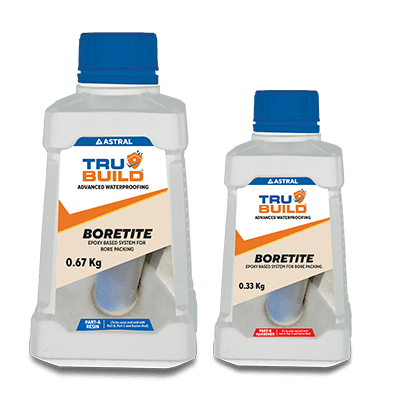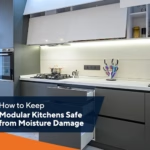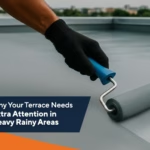Dampness vs. Leakage: How to Tell the Difference and What to Do
Jun 11, 2025
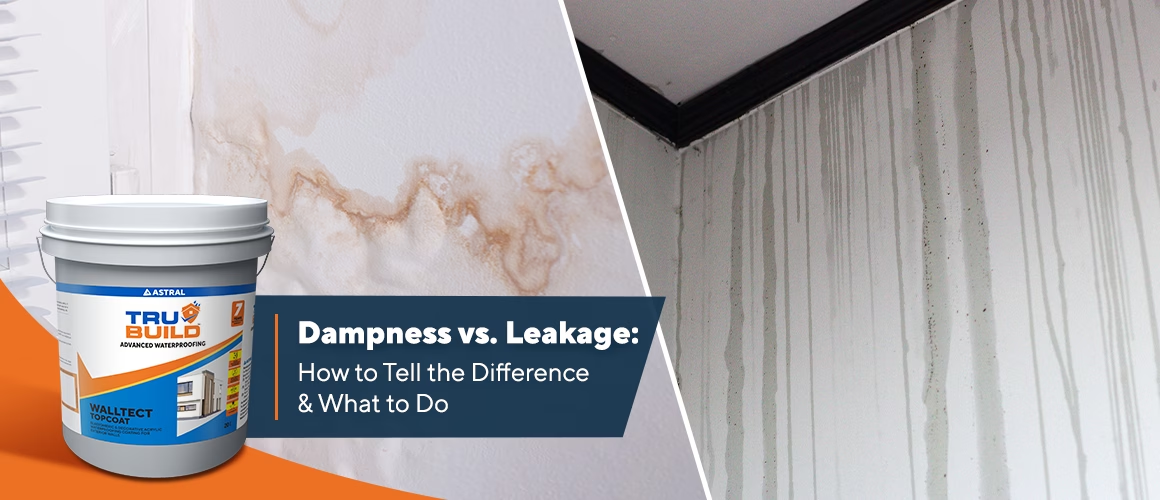
When it comes to home repairs, especially those related to water, finding the root cause can sometimes be a challenge. One of the most common sources of confusion for homeowners is telling the difference between wall dampness and water leakage from walls. While they may seem similar at first glance, they stem from different issues and require different solutions.
Misidentifying the problem can lead to ineffective repairs, recurring damage and unnecessary costs. Understanding the difference between leakage and seepage is important for choosing the right wall waterproofing approach. That is why it is important to recognise the signs of each and know how to address them correctly. Let us help you spot the key differences between dampness and leakage and guide you on what to do next to protect your home from such problems.
What is Dampness?
Wall dampness is the gradual absorption of moisture from air or ground into walls, floors and ceilings. It occurs due to poor ventilation, high humidity or moisture rising through porous building materials. Unlike sudden leaks, wall dampness develops slowly over time. This creates a consistently moist environment that leads to mould growth, peeling paint and musty odours.
What is Leakage?
Water leakage from walls refers to water actively flowing through cracks, gaps or damaged areas in your building structure. This happens when water finds a direct path inside through broken pipes, roof damage or faulty seals. Unlike wall dampness, water leakage from walls appears suddenly and causes immediate damage, requiring urgent attention.
Key Differences Between Dampness, Leakage and Seepage
| Aspect | Dampness | Leakage | Seepage |
| Cause | High humidity, poor ventilation | Direct water entry through cracks, pipes | Water slowly penetrates porous surfaces |
| Speed | Gradually, over weeks/months | Sudden appearance | Slow to moderate development |
| Source | Moisture from air/ground | Active water flow | Water pressure through the walls |
| Appearance | Mould patches, peeling paint | Visible dripping, wet spots | Wet patches after the weather |
| Location | Basements, poorly ventilated areas | Near pipes, roofs and windows | External walls, weather-facing areas |
The difference between leakage and seepage helps you choose the right wall waterproofing approach for your situation.
How to Identify Signs of Dampness vs. Leakage in Your Home?
Signs of Wall Dampness
- Musty, mouldy odours in rooms
- Black or green mould spots on walls
- Paint peeling without a visible water source
- White chalky deposits on brick or concrete
- Condensation on windows regularly
- Rooms feel consistently humid
Signs of Water Leakage from Walls
- Water stains with clear brown or yellow edges
- Dripping sounds or visible water droplets
- Wet spots appearing suddenly after rain
- Water is pooling on the floors near the walls
- Sudden increase in water bills
- Fresh water damage that is spreading quickly
Wall dampness problems worsen during humid seasons in poorly ventilated spaces. Water leakage from wall issues coincides with heavy rainfall or appears near water sources. This helps you choose the most effective wall waterproofing solution.
How to Prevent Dampness in Walls?
Preventing wall dampness requires addressing ventilation, moisture sources and protective barriers with proper wall waterproofing methods.
-
Inspect Your Home Regularly
Check walls monthly for early warning signs like discoloured patches, musty smells or paint changes. Focus on basements, bathrooms and poorly ventilated areas. Use a torch for dark areas and feel the walls for unusual moisture or temperature differences.
-
Repair Any Leaks
Fix dripping faucets, leaking pipes and damaged roof tiles immediately. Check bathtubs, showers and sinks for loose caulking. Inspect areas under kitchen sinks, washing machines and water heaters. Small leaks create perfect conditions for wall dampness to develop.
-
Seal Cracks in Your Home Walls
Use quality crack filler for hairline cracks before they expand. Apply flexible sealant for larger cracks that handle structural movements. Pay attention to areas where different materials meet. After sealing, apply waterproof primer for additional moisture protection and better wall waterproofing.
-
Ventilate Your Home Properly
Open windows regularly for fresh air circulation, especially in bathrooms and kitchens. Install ventilation fans and use them during showers. In basements, consider ventilation systems or fans for air movement. Do not block air vents with furniture.
-
Use a Dehumidifier and Exhaust Fans
Use dehumidifiers in basements and humid spaces. Maintain humidity levels between 30 and 50% for optimal dampness prevention. Install exhaust fans in kitchens and bathrooms to remove moisture at the source.
-
Apply a Damp-proofing Treatment
Apply professional wall waterproofing treatment to vulnerable walls. This creates a moisture barrier while allowing walls to breathe. Choose treatments for your specific wall material and apply during dry weather for best results.
Choose Reliable Waterproofing with Trubuild
Understanding the difference between wall dampness and water leakage from walls protects your home from water damage. Wall dampness develops gradually from humidity and poor ventilation, while water leakage from walls involves active water intrusion requiring immediate attention. Both cause serious damage if untreated, but proper wall waterproofing solves them effectively.
Taking early action prevents costly repairs and maintains a healthy environment. From regular inspections to professional wall waterproofing solutions, choosing the right approach for your situation is key.
Astral Trubuild offers complete waterproofing solutions to keep your home dry and structurally sound. Our Trubuild Walltect Topcoat is a high-grade, elastomeric waterproof exterior coating with excellent water resistance and crack-bridging capabilities. Made with fine fillers and biocide additives, it provides excellent weathering resistance and microorganism protection for long-term wall waterproofing.
Protect your property with Trubuild’s proven solutions today.
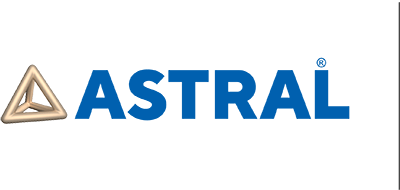

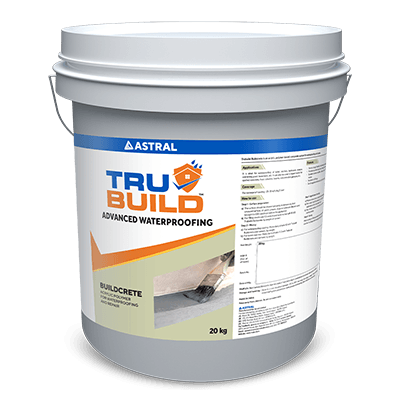
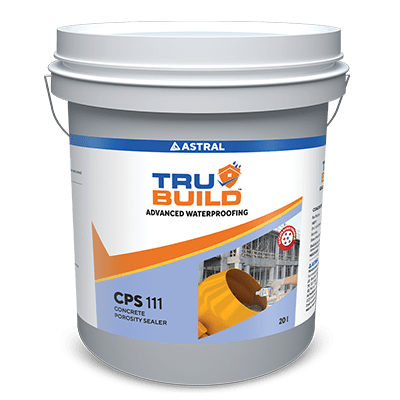
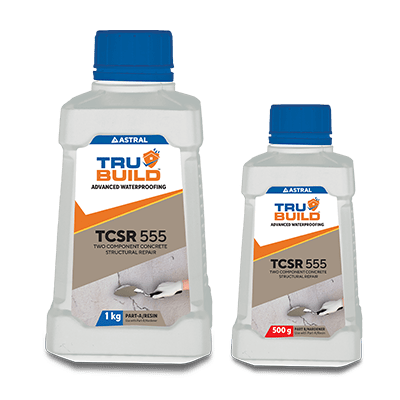
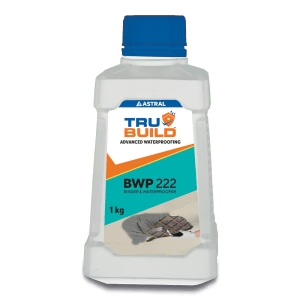
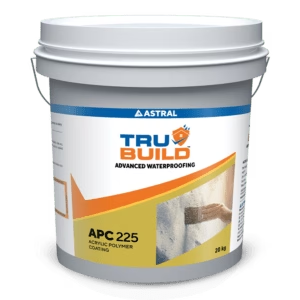
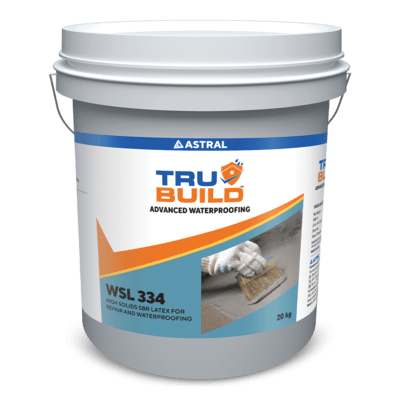
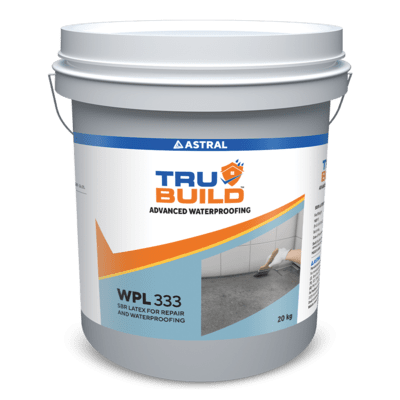
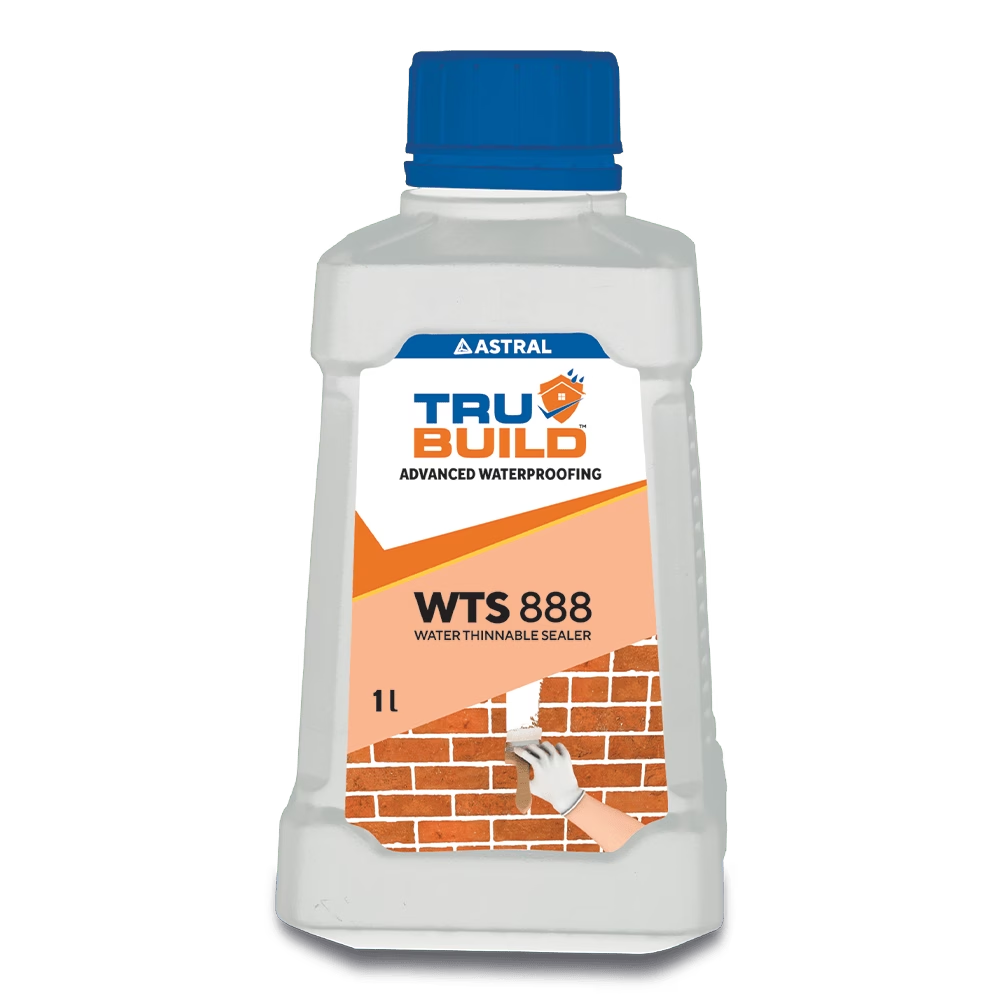
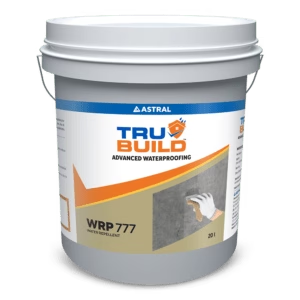
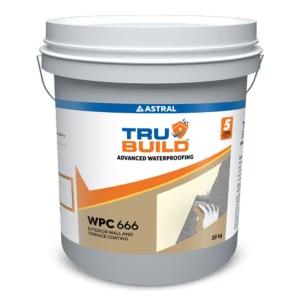
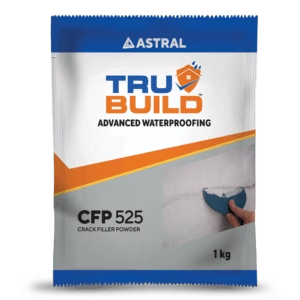
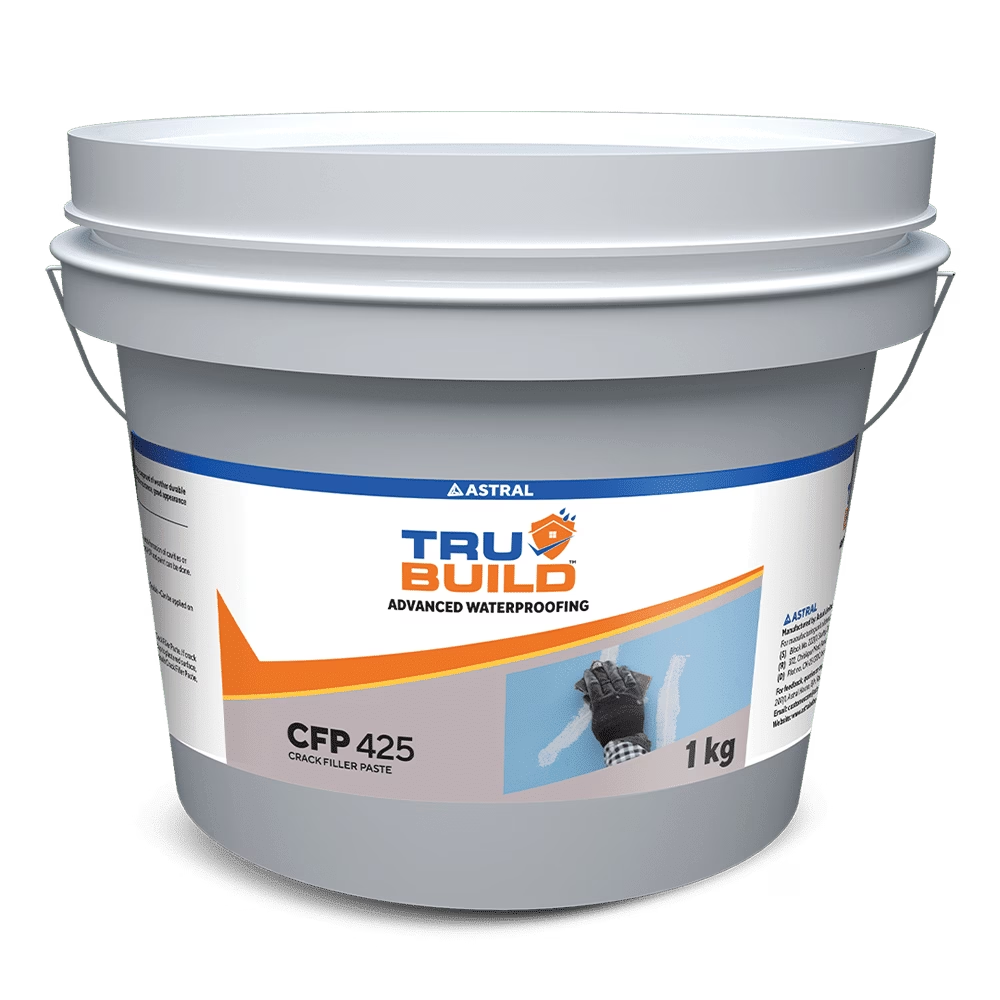
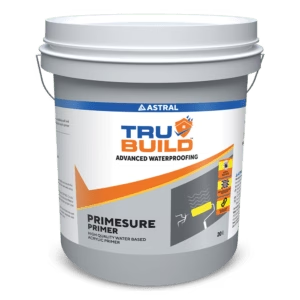
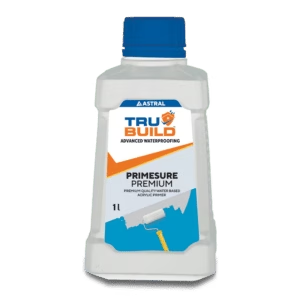
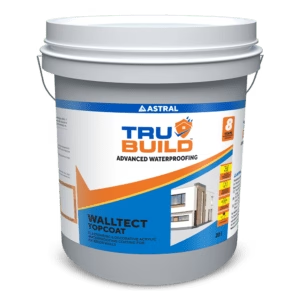
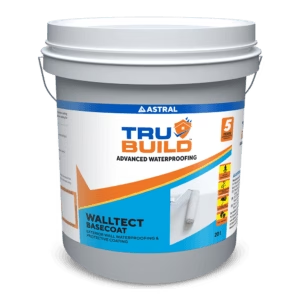
 Professional Sealants
Professional Sealants 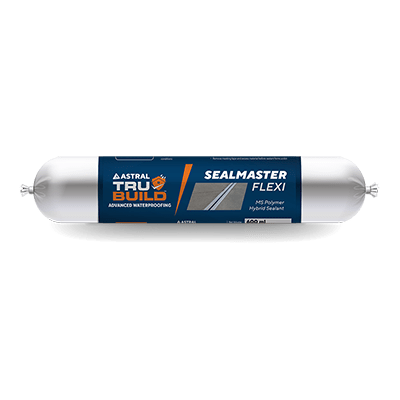
 Roof Waterproofing
Roof Waterproofing 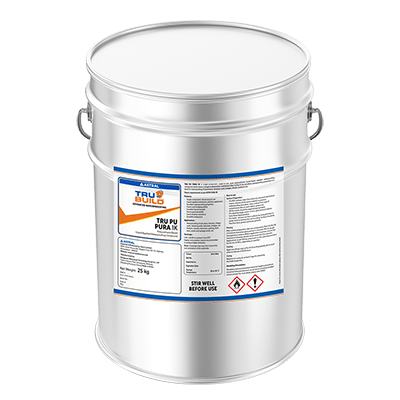
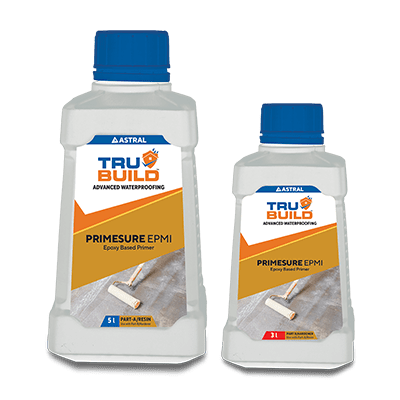
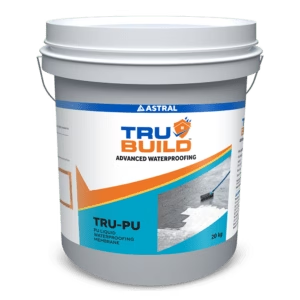


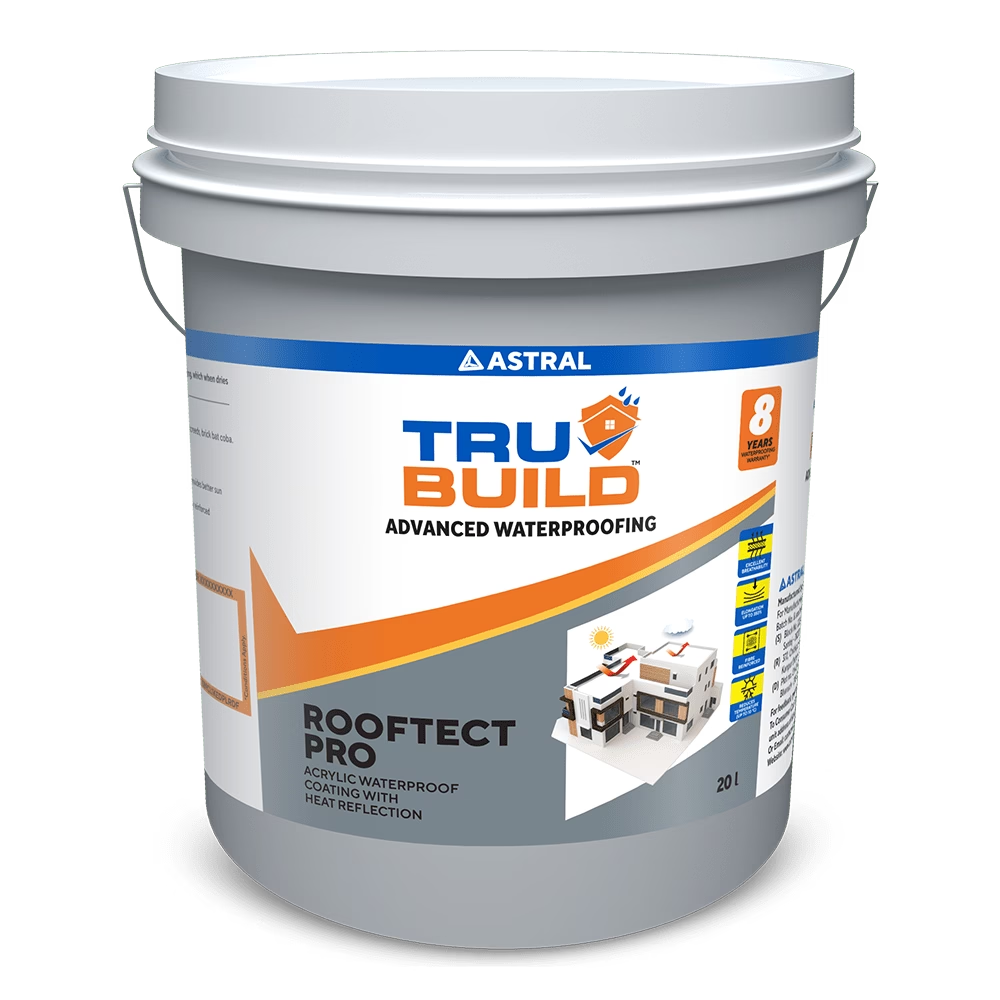
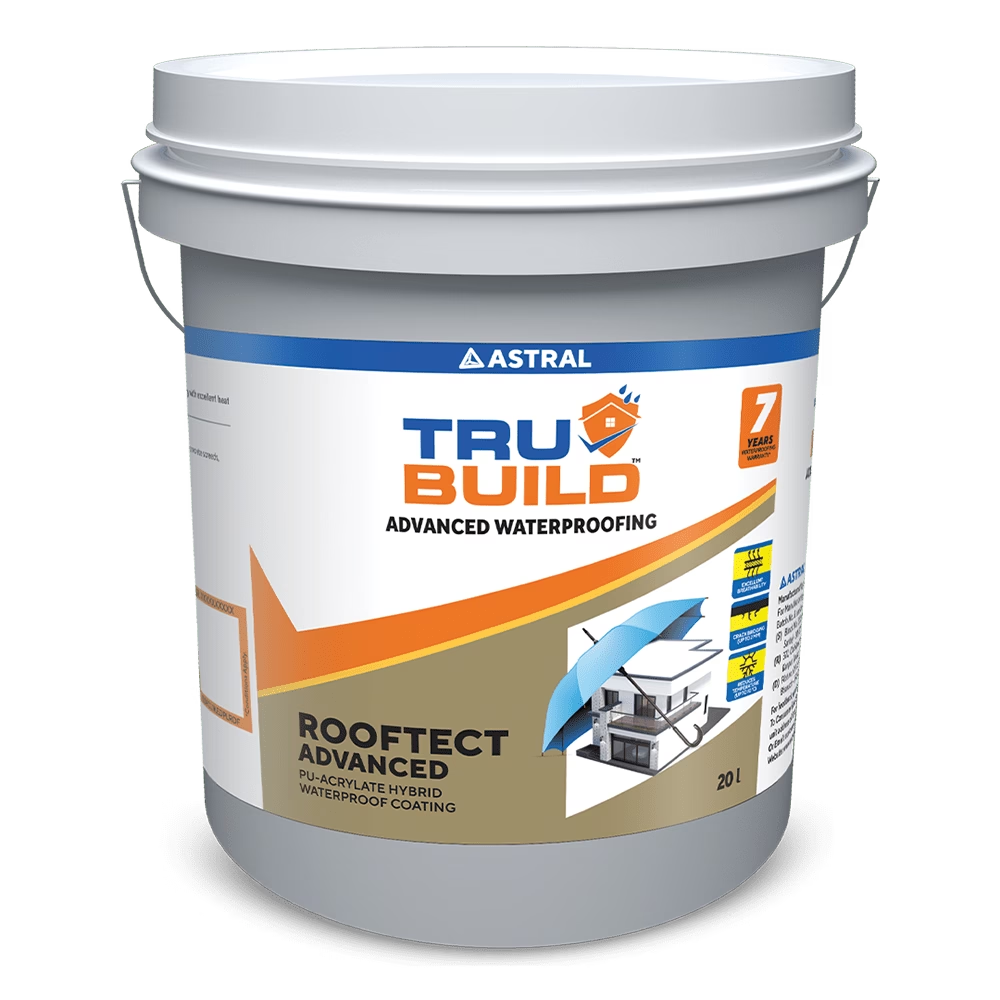
 Substructure Waterproofing
Substructure Waterproofing  Tiling and Grouting
Tiling and Grouting 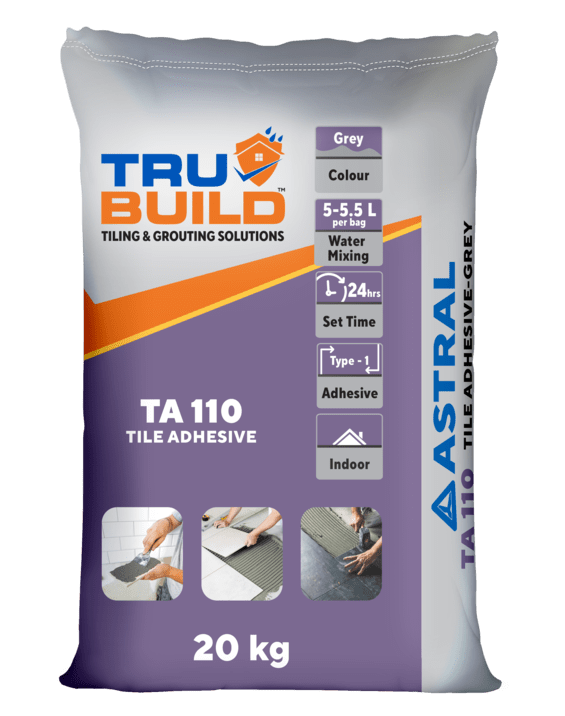
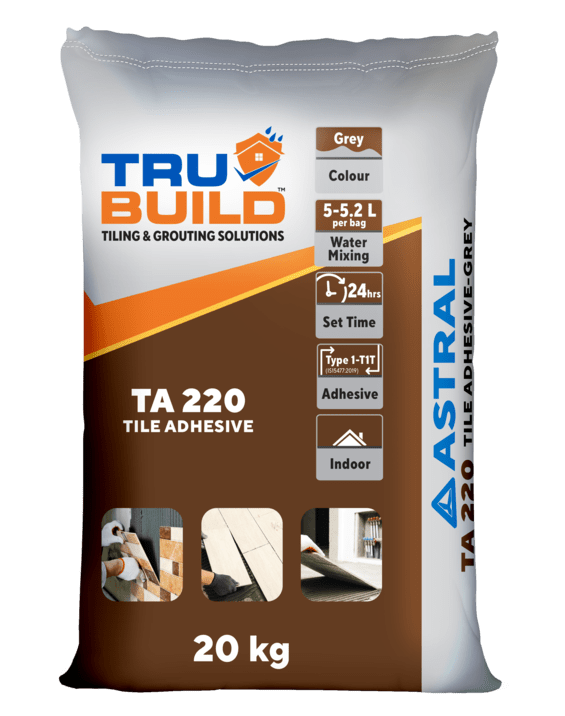

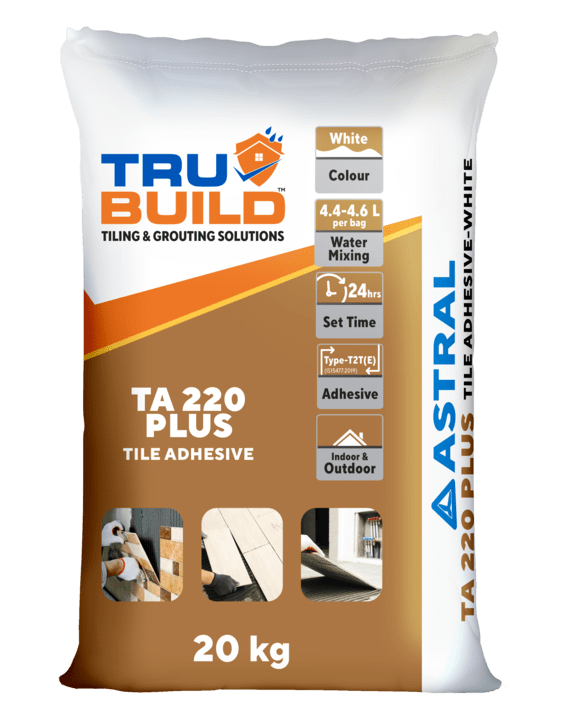
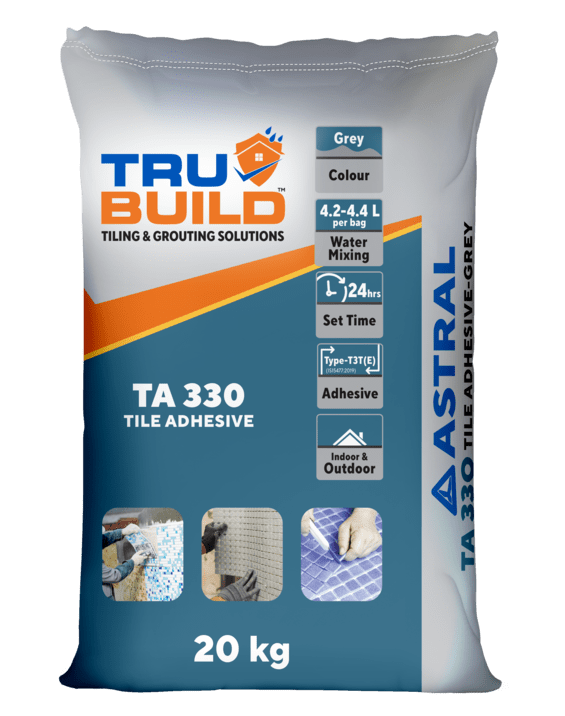
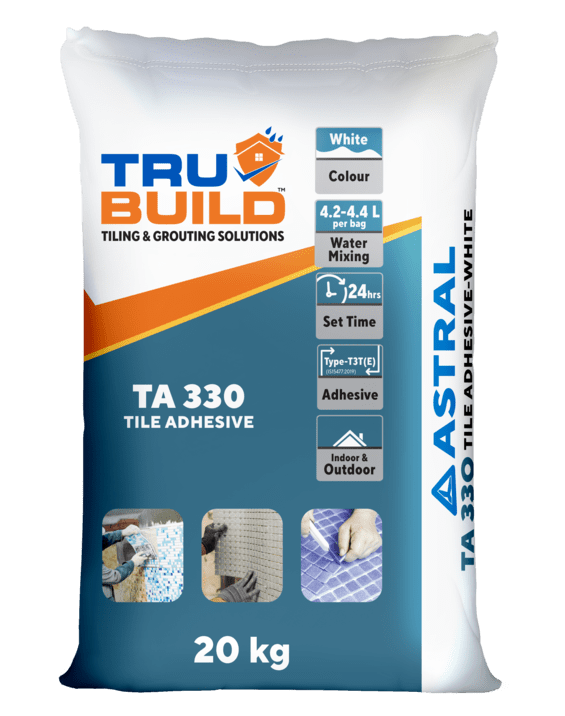
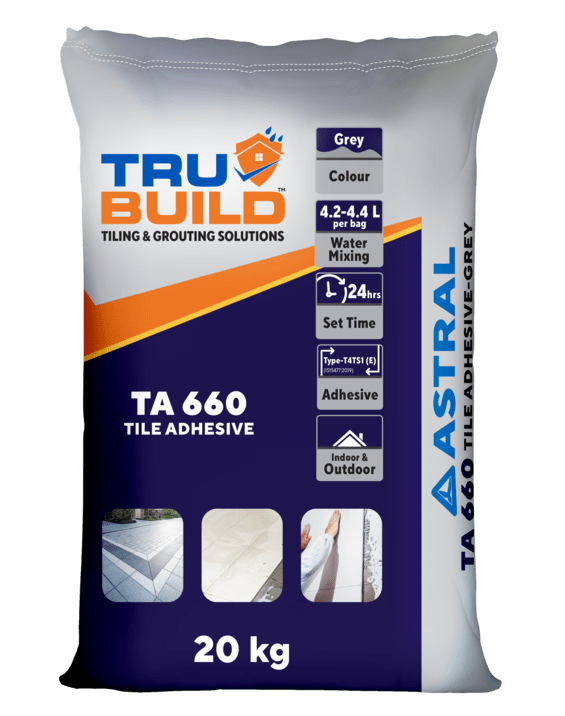
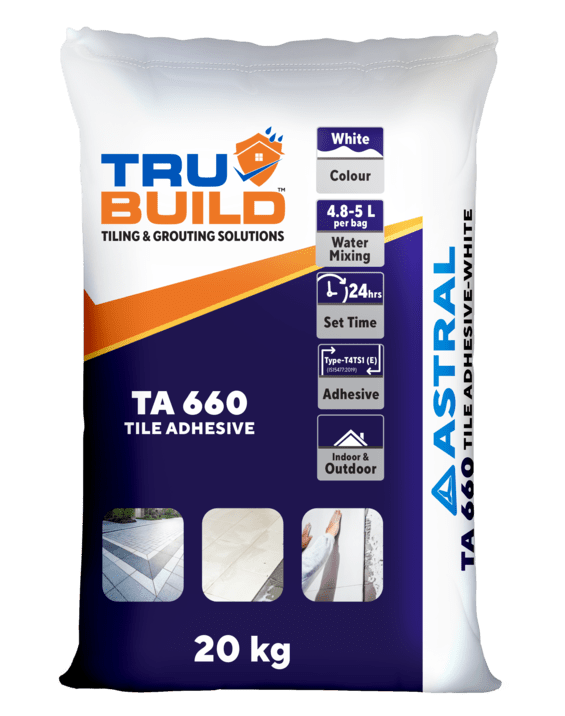
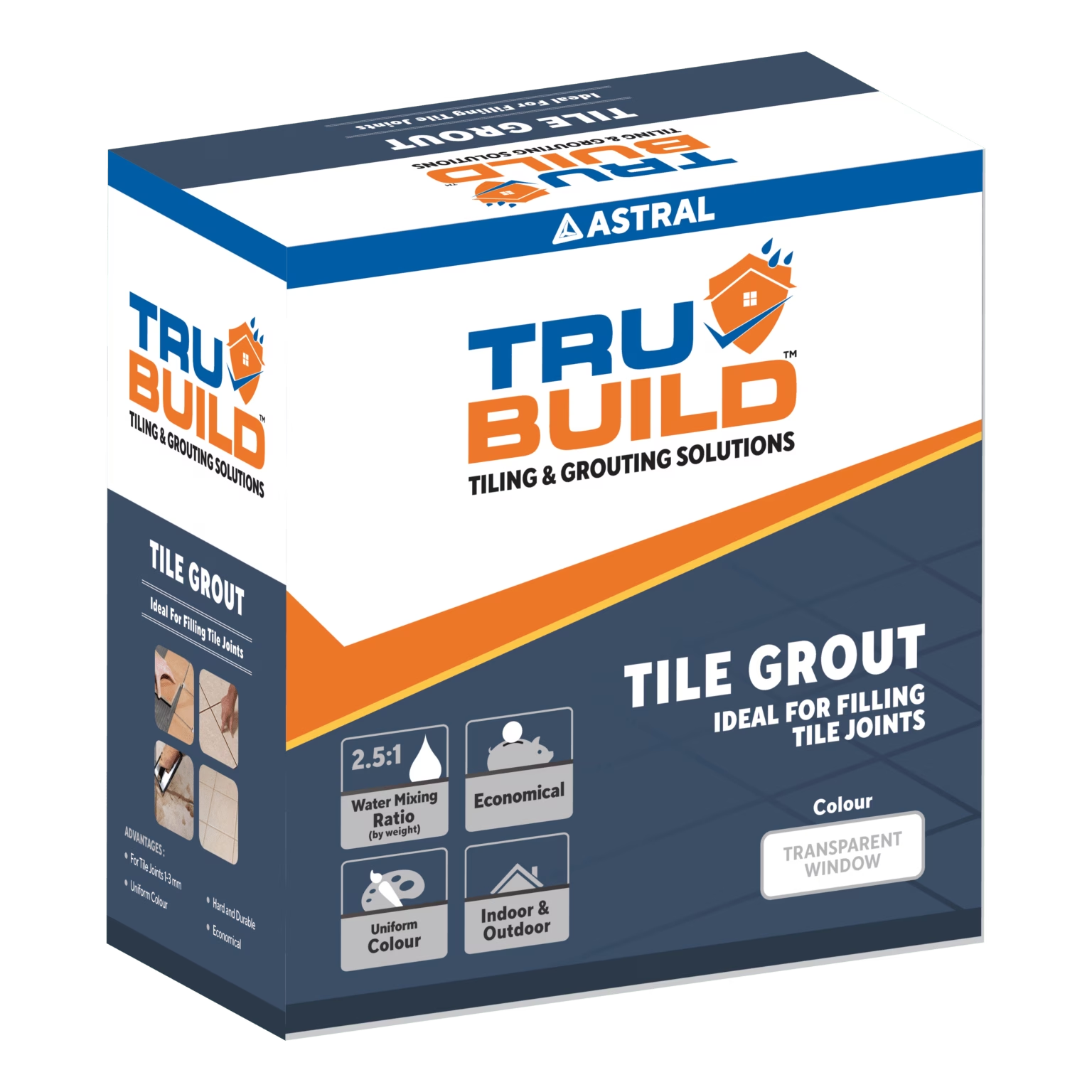
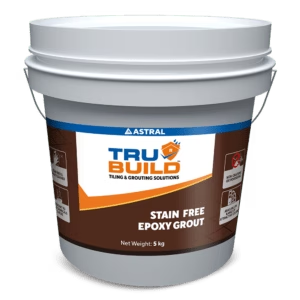

 Water Tanks and Other Areas
Water Tanks and Other Areas 